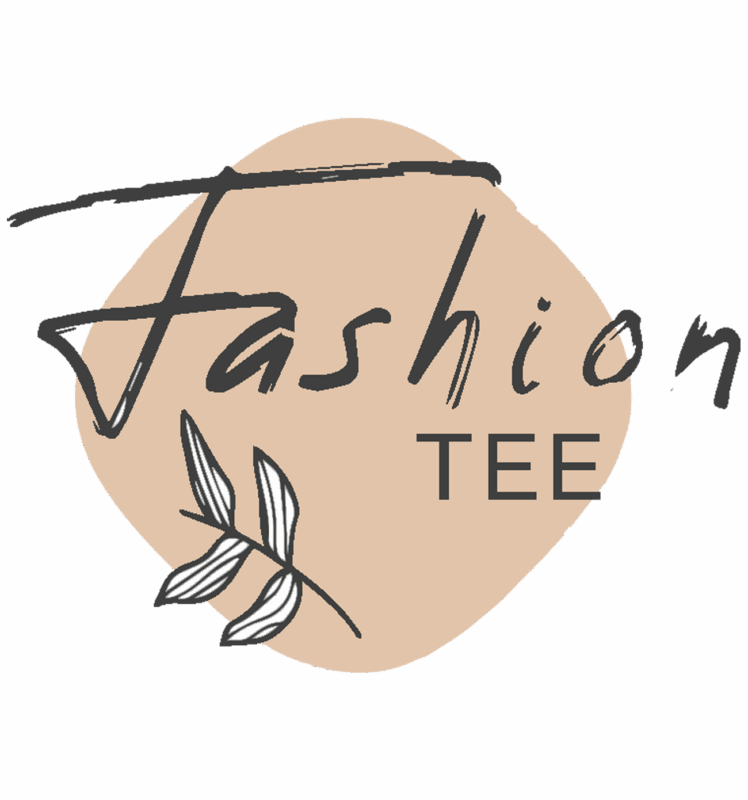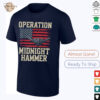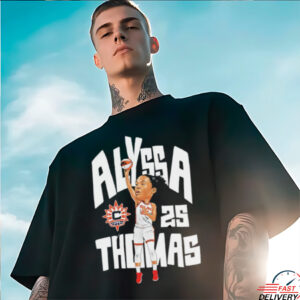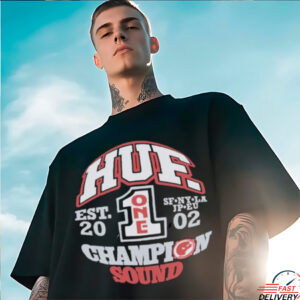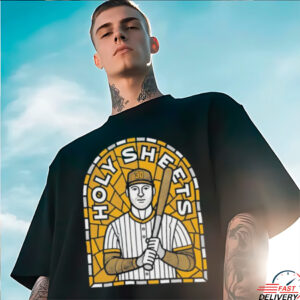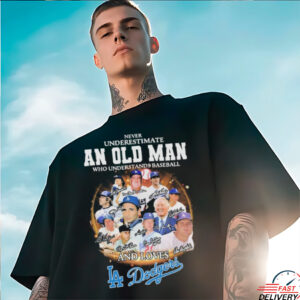SEO Strategy for Fashion E-commerce: Optimizing Your Product Post Effectively
When managing a fashion e-commerce post like the one for your “I’m Totally Nuts Funny Peanut Pun Peanuts Lover Shirt,” it’s crucial to implement a comprehensive SEO strategy that maximizes visibility, drives targeted traffic, and boosts conversions. Here’s a detailed guide on how to optimize your post effectively based on expert recommendations and industry best practices.
1. Conduct In-Depth Keyword Research and Integration
Start by identifying relevant keywords that your target audience is searching for. Use tools like Google Keyword Planner, Ahrefs, or SEMrush to find high-value, low-competition keywords related to your product, such as “funny peanut pun shirt,” “peanut lover t-shirt,” or “novelty peanut pun tee.” Focus on long-tail keywords that specify product details, for example, “funny peanuts lover shirt for men.”
Integrate these keywords naturally into your:
- Title tag and meta description to improve click-through rates
- Product title and description to enhance relevance and conversions
- Image file names and alt text to boost image search visibility
- URL structure, making it clean and keyword-rich (e.g., /products/funny-peanut-pun-shirt)
Remember, avoid keyword stuffing; prioritize readability and user experience while maintaining SEO effectiveness[5][6][7][8].
2. Optimize Product Descriptions with Engaging, Keyword-Rich Content
Your product description should be detailed and compelling, highlighting unique features such as the shirt’s humorous peanut pun design, comfortable fabric, and suitability for casual wear or gifting. Use semantic keywords like “graphic tee,” “casual wear,” “gift for peanut lovers,” and “funny apparel” to enrich the content.
Include social proof elements such as customer reviews or testimonials if available, and consider adding a call to action that encourages purchase or sharing. This approach not only improves SEO but also builds trust and engagement with your audience[6][7][9].
3. Use High-Quality Images and Optimize for Speed
Fashion e-commerce thrives on visuals. Use clear, well-lit images showing the shirt from multiple angles, as provided in your product photos. Optimize image file sizes to ensure fast loading times without sacrificing quality, as site speed is a vital ranking factor and critical for user experience.
Properly name image files with descriptive keywords (e.g., funny-peanut-pun-shirt-front.jpg) and add alt text that describes the image for accessibility and SEO benefits, such as “Front view of I’m Totally Nuts Funny Peanut Pun Peanuts Lover Shirt.”

Optimizing images not only improves search rankings but also enhances the shopping experience, reducing bounce rates and increasing conversions[4][8].
4. Ensure Mobile Responsiveness and Fast Site Speed
With a significant portion of fashion shoppers browsing and purchasing on mobile devices, your post and overall site must be fully responsive. Use responsive design techniques to ensure the product page displays correctly across all screen sizes.
Implement strategies like image compression, lazy loading, and minimizing HTTP requests to improve loading speed. Google prioritizes fast, mobile-friendly sites in its rankings, making this a critical factor for SEO success in fashion e-commerce[4][9].
5. Leverage Structured Data Markup for Rich Snippets
Add schema markup to your product page to enable rich snippets in search results, such as product ratings, price, and availability. Rich snippets can increase click-through rates by up to 677% and drive 20-40% more traffic compared to listings without them.
This markup helps search engines better understand your content and presents your product attractively in search results, increasing visibility and trust[4][8].
6. Create Internal Links and Related Content
Link your product post to related content such as blog posts about peanut-themed apparel, punny t-shirt trends, or gift guides for peanut lovers. Internal linking improves site navigation, distributes page authority, and keeps users engaged longer on your site.
Consider publishing engaging blog content that complements your product, such as “Top 10 Funniest Food Pun Shirts” or “How to Style Graphic Tees for Casual Outfits,” to attract organic traffic and support your product pages[7][9].
7. Monitor Performance and Update Regularly
Track your product page’s SEO performance using tools like Google Analytics and Google Search Console. Monitor keyword rankings, traffic, bounce rates, and conversions.
Regularly update your content to reflect seasonal trends, new keywords, or customer feedback. For example, promote the shirt around National Peanut Day or during gift-giving seasons to capitalize on timely search interest[8][9].
Follow-Up Questions to Enhance Your Fashion E-commerce SEO Strategy
- Which long-tail keywords are currently driving the most traffic to similar pun-based apparel?
- How can I balance humor and professionalism in product descriptions to appeal to a wider audience?
- What are the best practices for optimizing images without compromising quality on mobile devices?
- How can structured data markup be customized to highlight unique product features effectively?
- What content marketing strategies work best to complement pun-themed fashion products?
- How often should I update product pages to stay aligned with evolving SEO trends and seasonal demands?
- What role do influencer partnerships play in boosting SEO and sales for niche apparel like pun shirts?
- How can I leverage customer reviews and social proof to improve search rankings and conversions?
- What are the emerging SEO tools and technologies that can automate keyword research and content optimization?
- How can I ensure my fashion e-commerce site maintains fast load times as I add more high-quality images and content?
